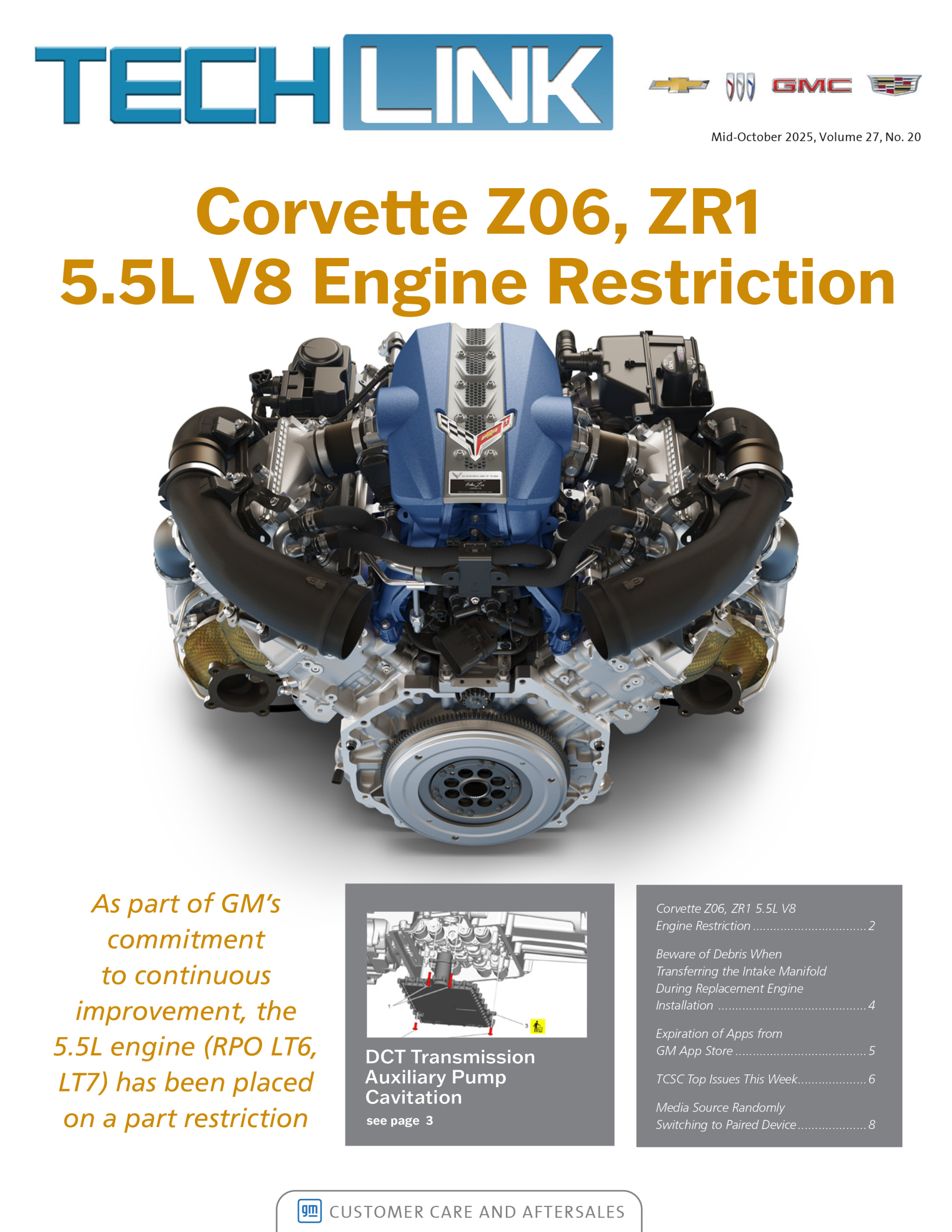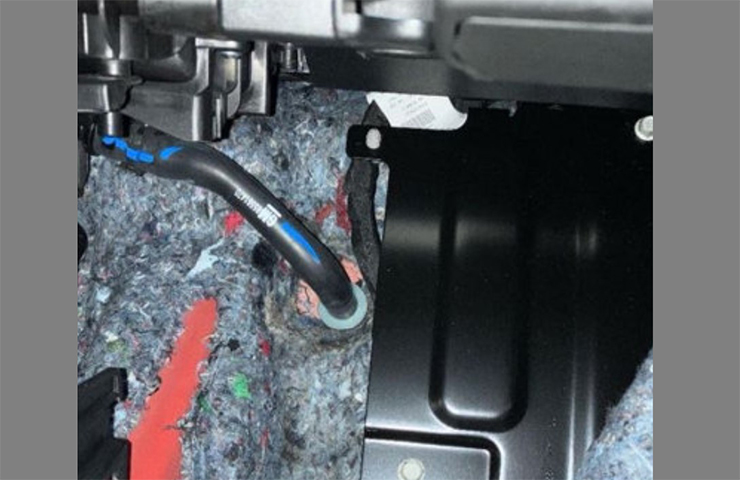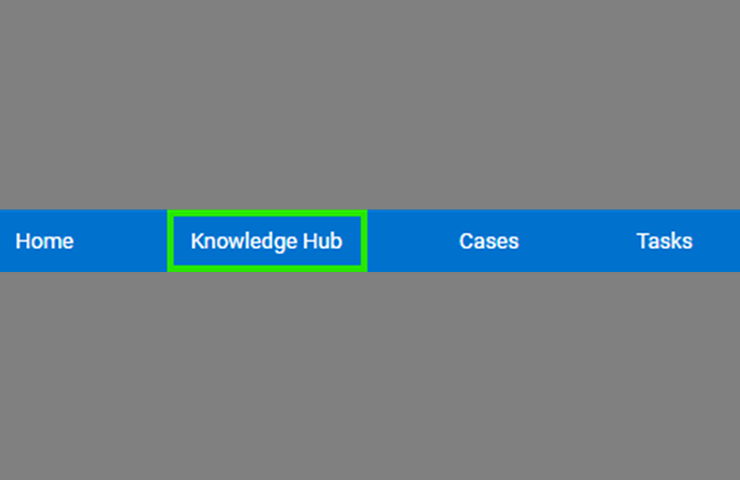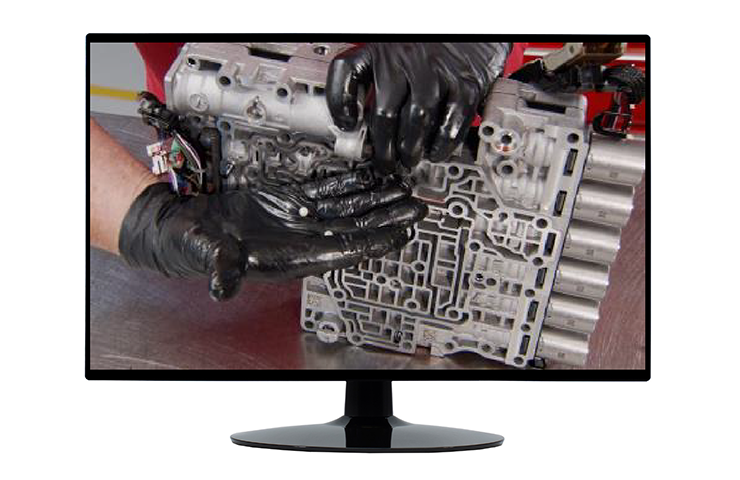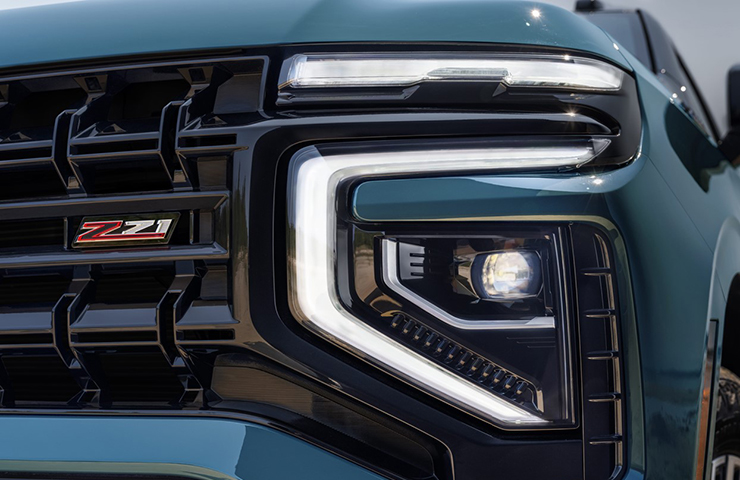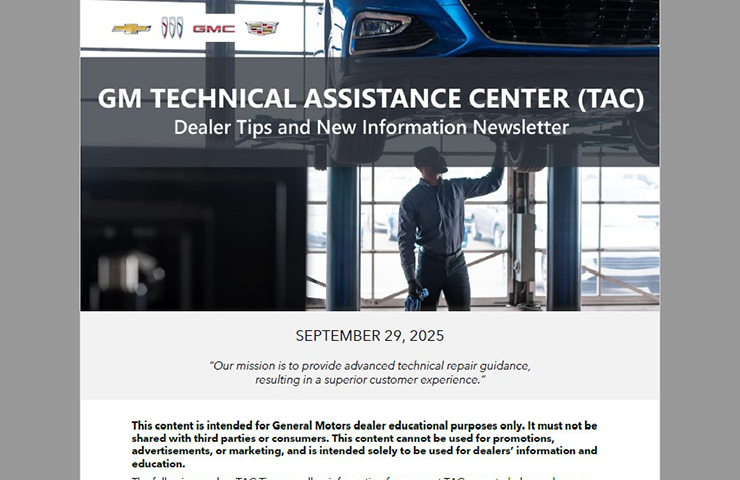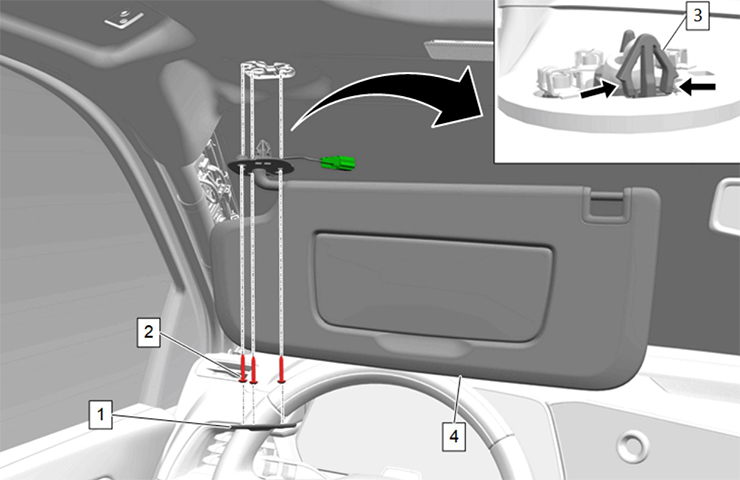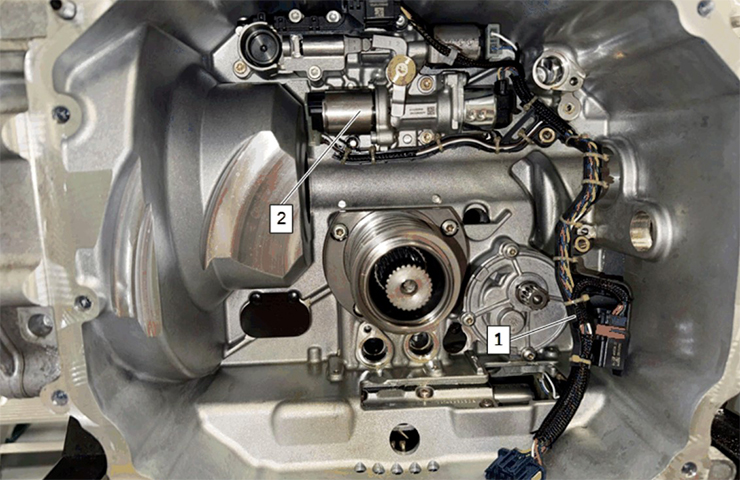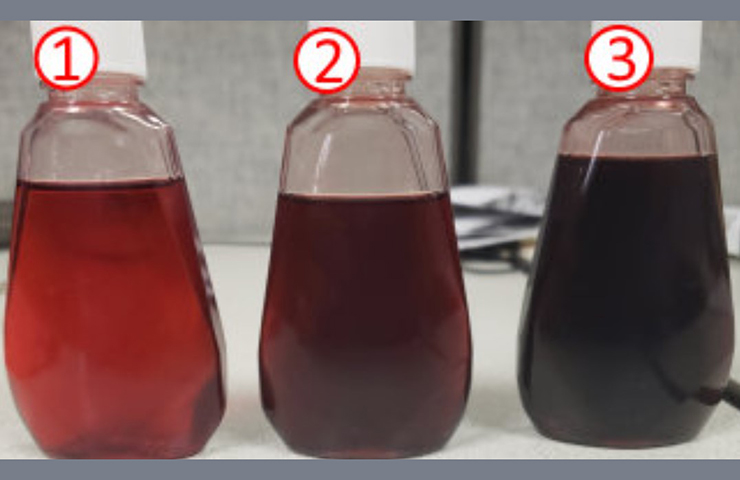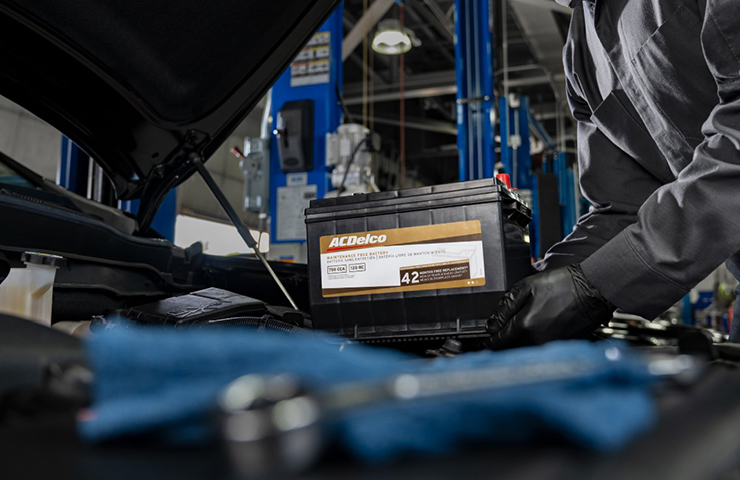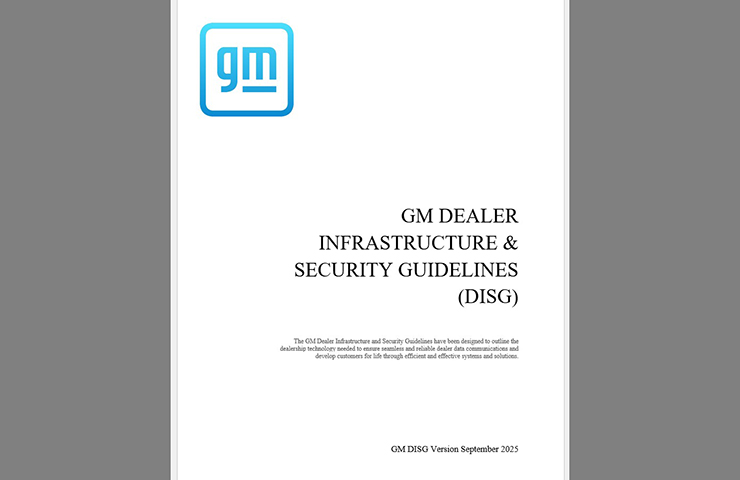GM has recently updated the diagnostic procedures for suspension systems in the Service Information on some 2019 models. The new information provides guidelines on strut and shock absorber replacement for leaking concerns, suspension noise, ride performance issues, uneven ride/trim height, and Service Suspension System or Service Ride Control messages displayed on the Driver Information Center.
The new diagnostic procedures point out that shocks/struts (Fig. 12) are designed and intended to operate independently of each other and should be serviced individually to avoid unnecessary repairs. If only one shock or strut has been found to be the cause of a suspension condition, only the shock or strut that has failed should be replaced.
Shocks/struts should only be replaced as a pair if diagnosis shows that both components have failed.
 Fig. 12
Fig. 12
The Service Information has been updated for 2015-2019 Tahoe, Suburban, Yukon, Escalade, and XTS models. All other vehicle platforms will be updated for the 2020 model year.
Testing Results
Supplier reviews of recent shocks and struts that have been replaced in pairs under warranty have found a high number of components that show acceptable performance results during testing. GM Engineering has determined that shocks and struts should be diagnosed and replaced as needed independently of each other as shock/strut technology and production have improved, no longer requiring shocks and struts to be replaced in pairs on a vehicle.
Shock/Strut Inspection
When inspecting the suspension, the shock or strut does not have to be removed from the vehicle. Visually inspect each shock/strut for external fluid leaks. A light film or residue on the top portion (approximately 1/3) of the lower shock or strut tube, originating from the shaft seal, is normal. (Fig. 13)
 Fig. 13
Fig. 13
If the vehicle is equipped with an electronic suspension control system, ensure the system is working properly before replacing a shock or strut.
During shock/strut testing, if the corner of the vehicle does not exceed two cycles after pushing down on the corner three times, the shock or strut is performing properly.
For additional shock/strut diagnostic procedures, refer to the updated Service Information diagnostics for 2015-2019 Tahoe, Suburban, Yukon, Escalade, and XTS models. All other vehicle platforms will be updated for the 2020 model year.
These additional diagnostic procedures include the use of chassis ears, measurement of trim height, uneven ride height, clunks, squeaks and pops.
For additional information, refer to Bulletin #18-NA-315.
– Thanks to Tom Holecek

